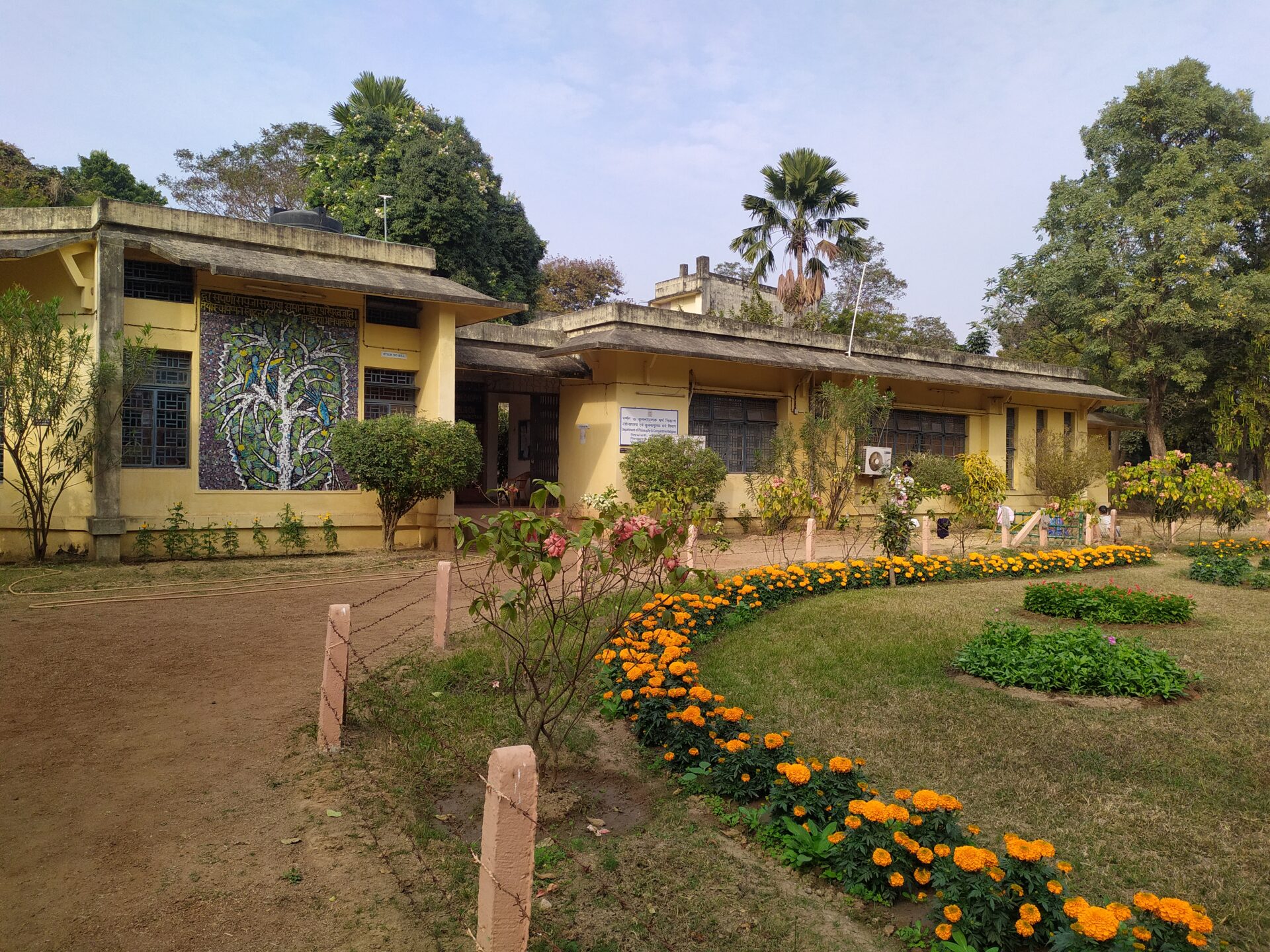Santiniketan Education: A Unique Approach to Learning
Santiniketan isn’t just a place; it’s an idea, a vision, and a living embodiment of an education system that values creativity, nature, and holistic development. Unlike conventional schools, Santiniketan, inspired by the ancient Indian “gurukul” system, offers a refreshing take on learning—where education is more than textbooks, grades, and exams.
History of Santiniketan
The Founding of Santiniketan
Santiniketan was established by the Nobel laureate Rabindranath Tagore in the early 20th century. Tagore envisioned a place where students could learn in harmony with nature, free from the rigid confines of traditional education systems.
Rabindranath Tagore’s Vision
Tagore’s vision was clear: education should be about personal and intellectual growth, not just rote learning. He believed in nurturing a child’s creativity and critical thinking, blending the best of Eastern and Western educational philosophies.
The Gurukul System
What is the Gurukul System?
The “gurukul” system is an ancient Indian approach where students live and learn with their teachers, emphasizing close mentorship and a personalized learning experience. This method values the development of character and intellect over the mere acquisition of knowledge.
Gurukul in Santiniketan: A Modern Adaptation
Santiniketan’s adaptation of the “gurukul” system involves a close-knit community of students and teachers who interact freely, learn through experience, and develop a deep bond. The focus is on nurturing individual talents, encouraging self-expression, and learning at one’s own pace.
Core Principles of Education
Emphasis on Holistic Development
At Santiniketan, education goes beyond academics; it’s about the holistic growth of the student. This means nurturing emotional, intellectual, social, and spiritual development through a broad curriculum that includes music, art, literature, and sciences.
Integration of Eastern and Western Philosophies
Santiniketan combines the best of both worlds—drawing from India’s rich cultural heritage while embracing modern, global ideas. This blend creates an enriching environment that prepares students to think critically and act responsibly in a diverse world.
Learning Through Nature
Shishu-Sharodiya: Learning with Nature
One of the most distinctive features of Santiniketan’s education is its focus on “shishu-sharodiya”—the bond between child and nature. Students are encouraged to spend time outdoors, learning from the environment around them. It’s about seeing the world as a classroom, where every tree, bird, and breeze has a lesson to teach.
The Role of Environment in Learning
The lush, open environment of Santiniketan fosters a sense of peace and introspection. Learning amidst nature helps students develop a profound respect for the environment and a deeper understanding of their place within it.
Curriculum Overview
Arts, Literature, and Sciences: A Balanced Curriculum
The curriculum at Santiniketan is diverse and comprehensive, including the arts, literature, and sciences. This balanced approach ensures that students develop a well-rounded skill set, with equal importance given to creative and analytical subjects.
Promoting Creativity and Critical Thinking
Creativity isn’t just encouraged at Santiniketan; it’s celebrated. Whether through painting, writing, or performing arts, students are urged to explore their creative instincts. The focus on critical thinking prepares students to question, analyze, and innovate.
Unique Teaching Methodologies
Experiential Learning: Beyond the Classroom
Learning at Santiniketan isn’t confined to textbooks or classrooms. Experiential learning—learning by doing—is central to the educational philosophy here. Field trips, nature walks, and hands-on projects are all part of the learning process, making education an engaging and immersive experience.
Open-Air Classrooms and Learning Spaces
Santiniketan’s open-air classrooms break the traditional barriers between students and the environment. These spaces inspire free thought and creativity, allowing students to learn in a setting that feels more like a retreat in nature than a conventional classroom.
Notable Alumni
Rabindranath Tagore: Santiniketan’s Greatest Legacy
Rabindranath Tagore himself is Santiniketan’s most famous alumnus and founder. His contributions to literature, art, and education have left an indelible mark on the institution and the world.
Nandalal Bose: The Artistic Prodigy
Nandalal Bose, one of India’s most celebrated painters, was nurtured at Santiniketan. His artistic journey, deeply influenced by the environment and education at Santiniketan, showcases the profound impact of this unique learning space.
Amartya Sen: A Nobel Laureate
Amartya Sen, the renowned economist and Nobel laureate, is another distinguished alumnus of Santiniketan. His early education here played a crucial role in shaping his critical thinking and global outlook.
The Campus as a Learning Space
Architecture and Art at Santiniketan
The Santiniketan campus itself is a masterpiece—a blend of traditional Indian and modern architecture, infused with art and culture at every turn. The buildings, murals, and sculptures create an environment that is as much about aesthetic beauty as it is about education.
The Campus: A Blend of Culture and Learning
The campus is not just a physical space; it’s a living, breathing example of how art, culture, and education can coexist. It serves as a constant source of inspiration for students and faculty alike.
Impact on Modern Education
How Santiniketan Inspires Alternative Education Models
Santiniketan’s innovative approach has inspired many alternative education models worldwide. Its emphasis on creativity, nature, and holistic development resonates with educators seeking to move beyond traditional methods.
The Relevance of Santiniketan Today
In today’s fast-paced, tech-driven world, Santiniketan’s principles are more relevant than ever. The emphasis on slowing down, connecting with nature, and fostering creativity provides a refreshing contrast to the pressures of modern education.
The Legacy of Santiniketan’s Educational Philosophy
Santiniketan stands as a beacon of alternative education—an enduring legacy of Rabindranath Tagore’s vision. It teaches us that education is not just about feeding the mind; it’s about nurturing the soul, inspiring creativity, and fostering a deep connection with the world around us. For those seeking an education that goes beyond the conventional, Santiniketan remains a shining example of what’s possible when learning is reimagined.

